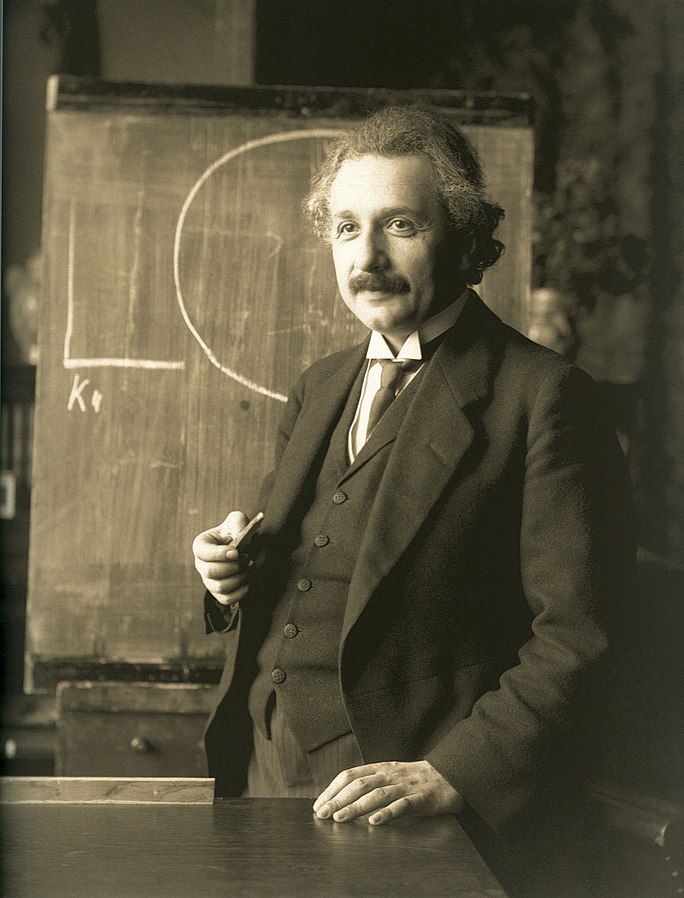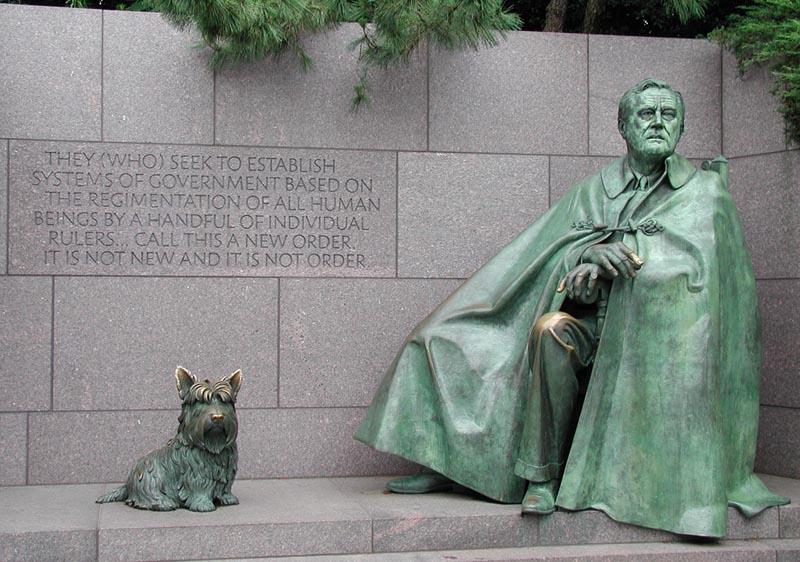We are pleased to announce the creation of the Cognitive Science Network (CSN). It will provide a worldwide, online community for research in all areas of cognitive science, following the model of other subject matter networks within SSRN.
We expect CSN to become a comprehensive online resource for research in cognitive science, providing scholars with access to current work in their field and facilitating research and scholarship.
CSN’s founding director is Mark Turner, Institute Professor, Case Western Reserve University – Department of Cognitive Science.
Initially, CSN will begin with the following 7 subject matter eJournals, and subscriptions will be free during the start-up phase until October 2009.
COGNITION & CULTURE: CULTURE, COMMUNICATION, DESIGN, ETHICS, MORALITY, RELIGION, RHETORIC, & SEMIOTICS
View Papers: http://www.ssrn.com/link/Cognition-Culture.html
Subscribe: http://hq.ssrn.com/jourInvite.cfm?link=Cognition-Culture
Editor: Todd Oakley, Associate Chair, Associate Professor of Cognitive Science, Case Western Reserve University – Department of Cognitive Science
Description: Cognition & Culture focuses on the cognitive study of cultures as creations of human minds in environments. Its scope includes research on cultural manifestations, their differences and incommensurabilities, and their expressive and semantic regularities and universals. This eJournal announces working papers, meetings, and events associated with interdisciplinary research projects and aims at encouraging collaboration across disciplines. It presents research in cognitive science having to do with such fields as design, ethics, history, jurisprudence, morality, philosophy, politics, religion, sociality, science, and technology.
COGNITION & THE ARTS
View Papers: http://www.ssrn.com/link/Cognition-Arts.html
Subscribe: http://hq.ssrn.com/jourInvite.cfm?link=Cognition-Arts
Editor: Mark Turner, Institute Professor, Case Western Reserve University – Department of Cognitive Science
Description: A publication dedicated to the artful mind and its relationship to the full range of higher-order human cognition. All scientific approaches are welcome, including developmental, evolutionary, linguistic, and comparative. Cognition & the Arts construes artistic behavior broadly, to include not only the various recognized genres of the arts but also design, style, and performance, throughout the lifecourse.
COGNITION IN MATHEMATICS, SCIENCE, & TECHNOLOGY
View Papers: http://www.ssrn.com/link/Cognition-Math-Science-Tech.html
Subscribe: http://hq.ssrn.com/jourInvite.cfm?link=Cognition-Math-Science-Tech
Editors: Gilles Fauconnier, Professor, Department of Cognitive Science, University of California, San Diego, and Mark Turner, Institute Professor, Case Western Reserve University – Department of Cognitive Science
Description: Mathematical insight, scientific discovery, and technological innovation are hallmarks of higher-order human cognition. Cognition in Mathematics, Science, and Technology is dedicated to the cognitive science of mathematics, science, and technology – in phylogenetic descent, ontogenetic transformation, and historical action.
COGNITION LINGUISTICS: COGNITION, LANGUAGE, GESTURE
View Papers: http://www.ssrn.com/link/Cognitive-Linguistics.html
Subscribe: http://hq.ssrn.com/jourInvite.cfm?link=Cognitive-Linguistics
Editor: Mark Turner, Institute Professor, Case Western Reserve University – Department of Cognitive Science
Description: “Cognitive linguistics goes beyond the visible structure of language and investigates the considerably more complex backstage operations of cognition that create grammar, conceptualization, discourse, and thought itself. The theoretical insights of cognitive linguistics are based on extensive empirical observation in multiple contexts, and on experimental work in psychology and neuroscience. Results of cognitive linguistics, especially from metaphor theory and conceptual integration theory, have been applied to wide ranges of nonlinguistic phenomena.” – Gilles Fauconnier. 2006. “Cognitive Linguistics.” Encyclopedia of Cognitive Science. John Wiley & Sons.
COGNITIVE NEUROSCIENCE
View Papers: http://www.ssrn.com/link/Cognitive-Neuroscience.html
Subscribe: http://hq.ssrn.com/jourInvite.cfm?link=Cognitive-Neuroscience
Editor: Mark Turner, Institute Professor, Case Western Reserve University – Department of Cognitive Science
Description: Cognitive Neuroscience is dedicated to research on the neurobiological substrate of higher-order human cognition. All methodologies are welcome – philosophical to physiological, modeling to mapping, statistical to individual case study – in forging a research initiative that transcends the limitations of any one discipline or paradigm.
COGNITIVE SOCIAL SCIENCE
View Papers: http://www.ssrn.com/link/Cognitive-Social-Science.html
Subscribe: http://hq.ssrn.com/jourInvite.cfm?link=Cognitive-Social-Science
Editors: Mathew D. McCubbins, Professor of Political Science, Chancellor’s Associates Chair, University of California, San Diego – Political Science, Adjunct Professor & Co-Director of the USC-CalTech Center for the Study of Law and Politics, University of Southern California – Gould School of Law, and Mark Turner, Institute Professor, Case Western Reserve University – Department of Cognitive Science
Description: Mental events, however distributed, provide the defining problems of the social sciences. What are our basic cognitive operations? How do we use them in judgment, decision, action, reason, choice, persuasion, expression? Do voters know what they need to know? How do people choose? What are the best incentives? When is judgment reliable? Can negotiation work? How do cognitive conceptual resources depend on social and cultural location? How do certain products of cognitive and conceptual systems come to be entrenched as publicly-shared knowledge and method? Economists, political scientists, sociologists, anthropologists, and all other social scientists refer as a matter of course to mental events and typically must assume some general outline of what those mental events can be and how they can arise. They explore networks of mental events in social systems and in social cognition. Given this convergence of cognitive science and the social sciences at their intellectual cores, and the increasing body of research activity at their intersection, the Cognitive Science Network provides an eJournal to track and distribute new and classic research in the emerging field of cognitive social science.
EMERGENCE OF COGNITION
View Papers: http://www.ssrn.com/link/Emergence-Cognition.html
Subscribe: http://hq.ssrn.com/jourInvite.cfm?link=Emergence-Cognition
Editor: Mark Turner, Institute Professor, Case Western Reserve University – Department of Cognitive Science
Description: Dedicated to the study of the emergence of cognition, especially human higher-order cognition, phylogenetically and ontogenetically, in evolution and development.
HOW TO SUBSCRIBE
You can subscribe to the eJournals by clicking on the “subscribe” links listed above. You can also subscribe to all of the eJournals at once by clicking here: http://hq.ssrn.com/jourInvite.cfm?link=CSN-all-inclusive-journal
Individual subscriptions to the CSN eJournals will be free during the start-up phase, ending October 2009. After that, individual subscriptions, for all CSN eJournals, will be $40 per year. Organizational Site Subscriptions will also be available.
You can modify your subscriptions by going to the SSRN User HeadQuarters: http://hq.ssrn.com. If you have questions, please email UserSupport@SSRN.com or call 877-SSRNHelp (toll free 877.777.6435). If you are calling from outside of the United States, please call 00+1+585+4428170.
SUBMITTING PAPERS TO SSRN
Authors are invited to submit papers to the eLibrary without charge through SSRN’s User Headquarters at http://hq.ssrn.com.
Additionally, departments, centers, and other institutions may host their own institutional Research Paper Series to showcase and distribute faculty research. For more information, email Cathy_Blocher@ssrn.com.
SSRN’s eLIBRARY
SSRN’s searchable electronic library contains abstracts, full bibliographic data, and author contact information for more than 228,300 papers, over 110,700 authors, and full text for more than 187,000 papers. The eLibrary can be accessed at http://ssrn.com/search.
SSRN supports open access by allowing authors to upload papers to the eLibrary for free through the SSRN User HeadQuarters at http://hq.ssrn.com, and by providing free downloading of those papers.
Downloads from the SSRN eLibrary in the past 12 months total approximately 7.2 million, with approximately 27.6 million downloads since inception. Downloads are currently running at a rate of 7 million per year.
SSRN’s PROFESSIONAL DIRECTORY
Searching on an individual’s name in the author field on our search page at http://ssrn.com/search provides the best single professional directory of scholars in the social sciences and humanities. Complete contact information for authors, including email, postal, telephone, and fax information, is available there.
SSRN’s MISSION
SSRN’s objective is to provide rapid, worldwide distribution of research to authors and their readers and to facilitate communication among them at the lowest possible cost. In pursuit of this objective, we allow authors to upload papers without charge. And, any paper an author uploads to SSRN is downloadable for free, worldwide.
Sincerely,
Mark Turner
Director
Cognitive Science Network





 Posted by Ed Darrell
Posted by Ed Darrell 


















